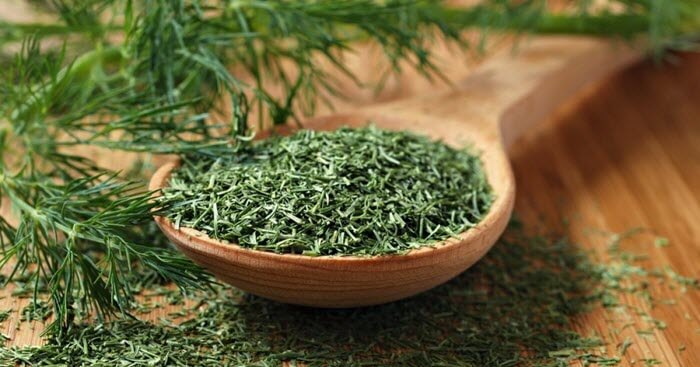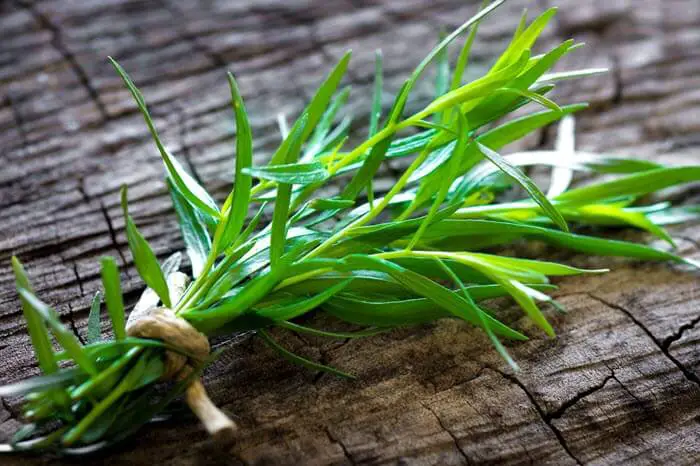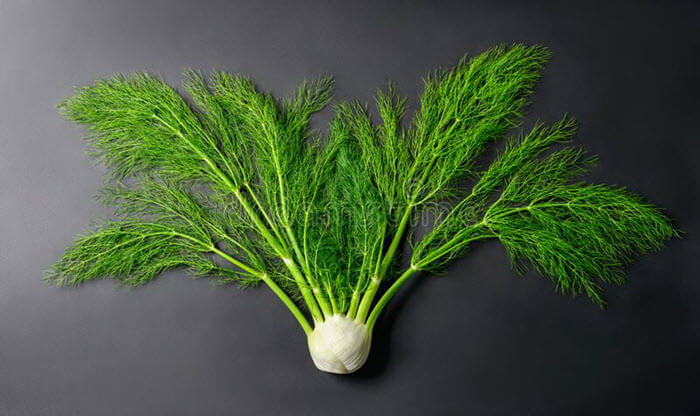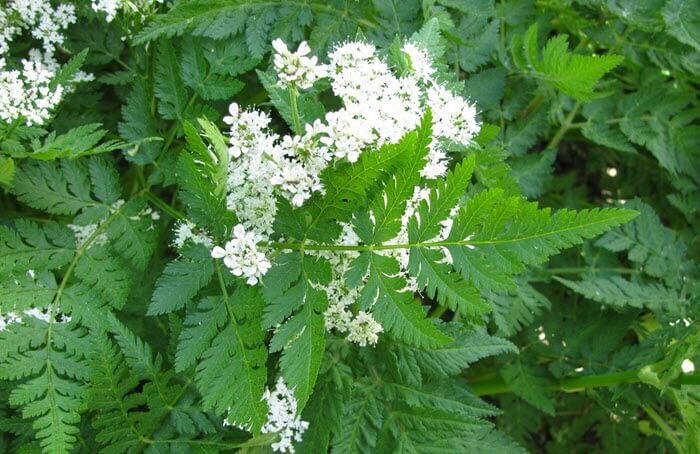Chervil is used in soup, poultry, and fish in addition to being a good match for egg dishes. Moreover, it is great to use in sauces.
But, what can you do if there isn’t any chervil on hand when a recipe calls for it? Well, no worries.
In this article, let’s explore the 8 best substitutes for chervil.
Table Of Contents
Learn More About Chervil
Chervil is an edible herb often used in French cooking. It has a hint of anise flavor and is a mild, flavorful herb.
Chervil possesses the following qualities:
- Resembles parsley but is a little lighter in color.
- Thinner leaves with a ruffled edge.
- Given that chervil belongs to the same family as carrots, the leaves resemble carrot leaves.
- If your chervil plant has bloomed, avoid using it in recipes. Once the plant begins to flower, it frequently turns bitter.
What Can You Substitute for Chervil
1. Parsley
Parsleys are excellent chervil alternatives if you’re seeking herbs that resemble chervil.
When compared to chervil, parsley has a milder and lighter flavor. There won’t be much of a difference if you use chervil instead of parsley because these two green spices are similar.
However, because it lacks the anise tone, a unique foundation tone in chervil, it cannot accurately mimic the flavor.
It won’t be a big deal, and you can still regulate the parsley’s flavor by adding more other spices to your food to enhance the likelihood that it will taste well when you use chervil.
Since parsley quickly loses flavor when heated, it makes an excellent chervil alternative in dry recipes.
2. Dill
Chervil can be substituted fairly well with dill.
Dill, a member of the same family as chervil, shares chervil’s little anise tint. It pairs well with potatoes, sauce, soup, and seafood.
To have an impact, you won’t need much of it. A single sprig can add the flavor your soup or salad needs to stand out.
Dill leaves have a lovely appearance since they seem airy and delicate. They can be used to enhance more plain-looking foods with more color and texture.
Dill is typically used by chefs as a garnish because cooking it can greatly diminish its flavor. Remember to only add it after you’re through cooking because it becomes blander the longer you cook it.
You may season your cuisine even more if you use dill seed rather than dill weed.
Dill Weed vs Dill Seed: What’s the Difference
3. Tarragon
It is recommended to use fresh tarragon in place of chervil.
It tastes mildly bitter and sweet, with a faint licorice undertone. Fine herbs, a French herb blend of chopped parsley, chives, and chervil, also includes tarragon.
Because it doesn’t overshadow delicate items, it is a great spice for fish and poultry.
How to Substitute
Remember to use less tarragon because it is stronger than chervil despite being mild. Use tarragon on a 1 to 1/2 ratio when substituting.
4. Fennel
When seasoning seafood, pork, or sausages, fennel leaves or fronds are a good choice. Similar to chervil, it is another ingredient with an anise flavor.
Fennel is a great substitute for chervil in salads if a recipe calls for it.
How to Substitute
In place of one tablespoon of chervil, use one tablespoon of fresh fennel.
Further reading: Fennel vs Anise: Similarities & Differences to Know
5. Cicely
Cicely is a great herb for many people to add to their collection of seasonings. It also goes by the name sweet chervil and tastes a bit like anise.
Cicely is a plant that is used to flavor confectionery, baked products, and pastries; nevertheless, it is also extremely sweet. When using cicely, do so sparingly.
The main problem with cicely is that supermarkets don’t carry it very often. Visit a specialized store or cultivate your own if you want to.
Because of its sweet flavor profile, Cicely wouldn’t work well in huge quantities in many savory meals.
How to Substitute
To substitute one tablespoon of chervil, use one-fourth of a tablespoon of fresh Cicely. Taste it, and add more as required.
6. Dried Chervil
Chervil, whether dried or fresh, can be used mutually due to its similar flavors. Remember that during the drying process, the dried version would have lost some of its impacts.
Slow-cooked meals are the greatest setting for dried herbs. To give the flavors time to permeate the dish, you must add the dried chervil very early in the cooking process.
How to Substitute
Two teaspoons of dried chervil should be used in place of one teaspoon of fresh chervil.
7. Mix Chervil
Fresh chervil isn’t that common or easy to find, so you may just buy it whole and grind it yourself. If the flavor is different, don’t be alarmed—chervil leaves’ powerful flavor will start to erupt as soon as you grind them!
You can buy a blend from stores if grinding is too much work. As a result, adding the right amount of herbs is simple for you to do without tainting your treasured chervil leaves!
8. Chives
Some cooks might propose using chives instead of chervil even if it isn’t a common substitution. Given that they are used in so many various forms of cuisine, chives are a typical green spice that you can easily get in your neighborhood market or supermarket.
Contrary to popular belief, chervil cannot be substituted with chives alone because the flavor will not be the same right away. There is a discernible visual modification.
Hyssop and thyme will also be required to use chives as one of the chervil alternatives. These three spices can be combined to create an herb mix that resembles chervil.
FAQs About Chervil
Where to Buy Chervil?
You can check your local grocery store or online to buy fresh or dried chervil.
Is Chervil a Thyme?
No. Chervil, like dill, is typically used as a garnish or to stir into food rather than as a cooking herb like thyme.
Is Chervil the Same as Tarragon?
No, chervil is a completely different herb but tastes like a lovely blend of parsley and tarragon. Chervil has a moderate flavor with undertones of licorice or anise, but not a pronounced anise or licorice flavor.
Conclusion
It can be challenging to find effective chervil alternatives. Ensure that the substitute’s aroma matches the hints of licorice and anise.
All things considered, excellent chervil substitutes include tarragon, parsley, dill, cicely, and fennel. In addition to being more widely available than chervil, these substitutes can be used to create almost comparable recipes.








